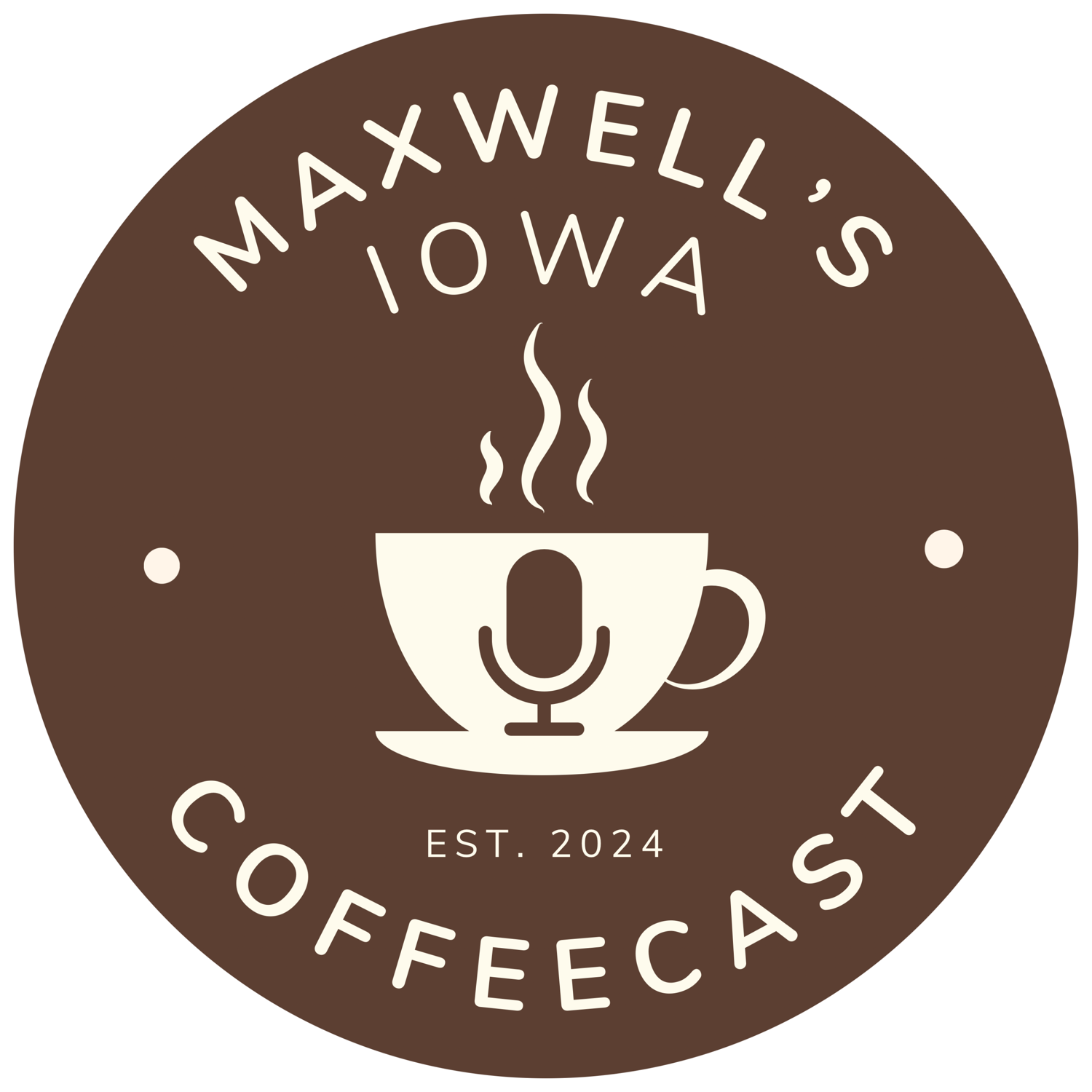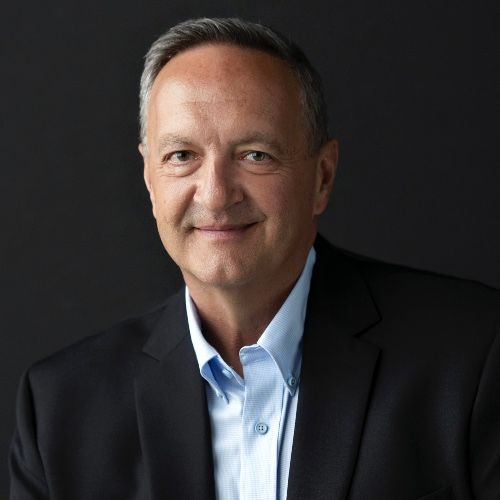From Camaros to Commercial Real Estate: The Richard Hurd Story
In this episode of Maxwell’s Iowa CoffeeCast, I sit down with Richard Hurd, a man whose black-and-white “Hurd” commercial real estate signs have become fixtures around town—but whose personal story is far more colorful than most realize. A self-made entrepreneur with deep roots in Des Moines’ south side, he walks us through a journey that begins with flipping cars as a teenager and stretches into building convenience stores and commercial properties across the Midwest.
He opens up about his early years, growing up in a working-class neighborhood during the 1960s and '70s, where fixing up old cars gave him his first taste of profit and pride. “I’d buy a Camaro or SS Impala, trick it out with tires, wheels, and a stereo, then sell it to another kid who wanted something ready to drive,” he recalls. It was a pattern that carried into his next phase: flipping trucks and, eventually, homes.
After a stint in the Air Force as a munitions specialist during the Vietnam War era, his worldview shifted. “I hated the military at the time,” he admits, “but it was the best thing that ever happened to me. You grow up fast when you realize freedom isn’t free.”
Returning to Des Moines, he briefly tried college at Drake before turning to real estate at his father’s suggestion. With guidance and a co-signed loan, he bought and rehabbed his first house—and never looked back. He describes how he tapped into a network of aging property owners, particularly conservative Italian landlords on the south side, to build his rental and flip portfolio.
Then came the major pivot: a meeting with Bill Krause, founder of Kum & Go, that led to a new model of commercial real estate investment—one that would shape his career. “I asked him three questions,” he says. “If the answer to any was no, I’d walk out. But they were all yes. That’s how we got started.”
Today, he partners with brands like Hy-Vee and continues to adapt to market shifts. From building Topgolf to navigating the challenges of post-COVID commercial real estate, his story is one of grit, timing, and relationships.


